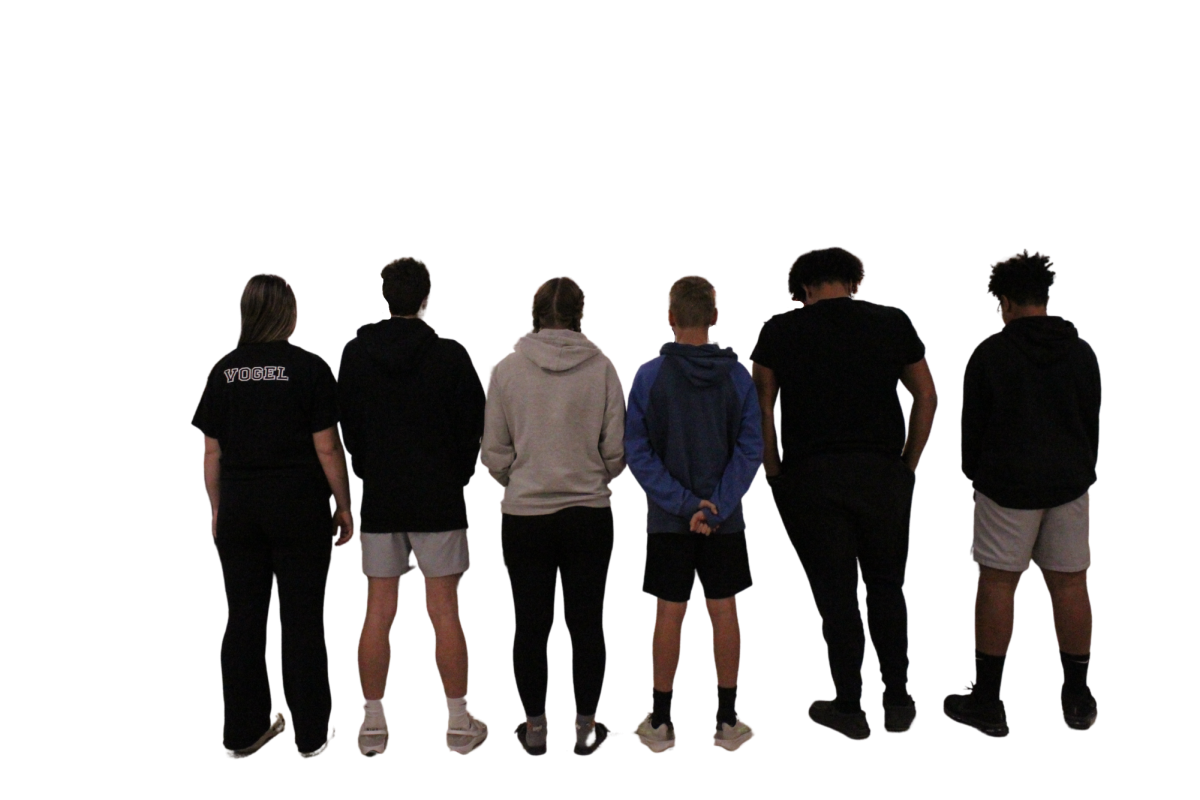What is Halloween to you? Is it a day to dress up as whatever you like? A day of eating as much candy that you want without feeling guilty about it? A day to remember loved ones who have passed on? Or is it a religious event for you altogether?
Although Halloween is celebrated with sweets and scary movies, it wasn’t always like that.
The famous holiday Halloween, originally called Samhain, has been celebrated by differing religious groups for thousands of years.
The celebration of Samhain was started Celtic Pagans after the harvest season ended and ushered in the beginning of winter, whose season is associated with death and rebirth. This celebration occurred during the end of October when the veil between the living and the dead was at its thinnest. The veil was at its thinnest during this time since nature went into hiding in preparation for the winter, therefore leaving a higher space of consciousness for spirits to occur. Because of this, Pagans would dress up as all types of creatures in order to blend in with ancestors and the deceased who made their way back to the land of the living.
As a way to celebrate loved ones during the thinning of the veil, bonfires were lit to ward off bad spirits and keep the good ones such as those who have previously passed away.
While Samhain was known as a celebratory period for Pagans in Scotland and Ireland, similar celebrations occurred in other places such as Mexico, where Día de los Muertos (Day of the Dead) takes place from November first to the second. Those of Mexican heritage celebrated their ancestors with large parades and parties in remembrance of them.
However, when Christianity started to take over the majority of North America, holidays such as Samhain and Día de los Muertos were combined with All Saint’s Day, a holiday commemorating saints from Christianity after their passing, later becoming Halloween.
Many Christian popes’ main purpose of combining Samhain and Día de los Muertos was to use their own religious observances to replace holidays that they didn’t agree with or believe in.
The Christianization of religious holidays caused ill-informed ideas about other religions that were smaller and less practiced than theirs.
One from of religious overthrow was whitewashing, the alteration of beliefs, perspectives and ideas whose main purpose was to improve one’s reputation and influence. For example, Christians purposely moved the celebration of All Saint’s Day to essentially take over Samhain and take away the religious correlations Pagans had with it.
Small-practiced religions like Paganism see holidays like Samhain as a time to reconnect with their ancestors and celebrate the coming of a new year, which Día de los Muertos also celebrates.
Overall, we have to take into consideration other culture’s beliefs and religion in order to create a more positive and respectful environment for all.










